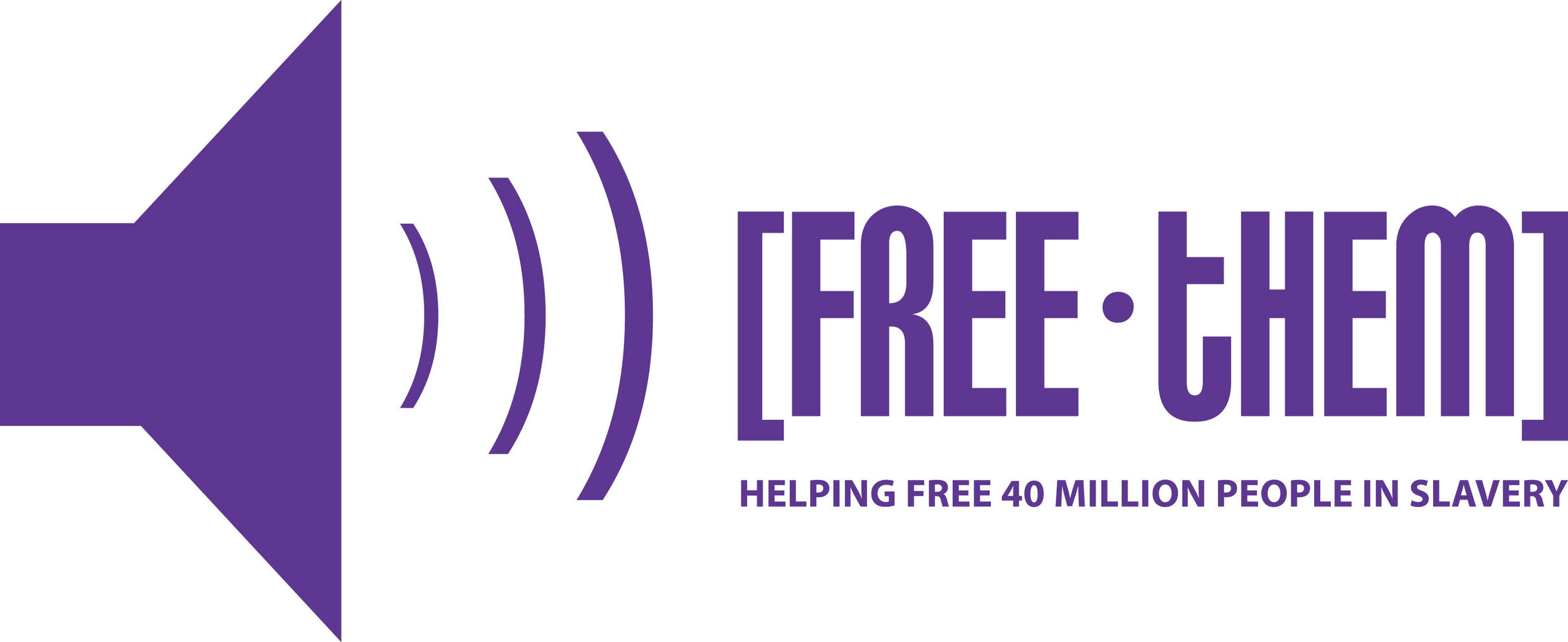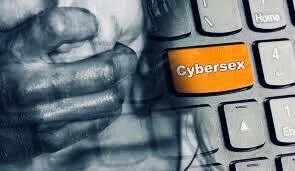Cyber Trafficking: Victimization in Cyberspace
When we hear or use the term human trafficking, we generally tend to think of people being physically sold and resold into sexual exploitation or forced labour. With the incredible advancements in technology and its functions heavily relying on the Internet, a new outlet for trafficking has emerged. In various literature, the term “cyber trafficking” has been used to categorize the trafficking of people in the online world. It is a billion-dollar, illicit industry brought on with the Digital Age and is connected to globalization. Trafficking has been made easier and much quicker with the ability of traffickers to provide material almost instantly through cyberspace. Thus, due to the convenience of the Internet, it is even more profitable than ever before. Cyber trafficking is a crime and as such is covered by the 2000 Palermo Protocol virtually worldwide (a protocol to Prevent, Supress and Punish Trafficking in Persons Especially Women and Children, supplementing the United Nations Convention against Transnational Organized Crime). Additionally, cyber trafficking is covered by the 2005 Council of Europe Convention Action Against Trafficking in Human Beings and falls under the 2001 Council of Europe Convention on Cybercrime. In Canada, cyber trafficking falls under the 2017 Canadian Survey of Cyber Security and Cybercrime and Canada’s National Action Plan to Combat Human Trafficking. In the United States, cyber trafficking falls under the Trafficking Victims Protection Act (TVPA) but is also overlooked by the Bureau of International Narcotics and Law Enforcement Affairs (INL).
Cyber trafficking is just one of the crimes that has arisen among a lengthy list of cybercrimes. Firstly, what is cybercrime? Simply put, cybercrime is a computer-oriented crime involving a computer and a network. From a law enforcement perspective, cybercrime may be broken into two categories: technology-as-target and technology-as-instrument. Basically, this translates to the computer and its stored data being either the target itself or it is used as a device in facilitating the crime and providing access to the intended individual or purpose. Examples of crimes wherein the computer is the target include hacking, criminal botnet operations, malware threats, and distributed denial of services whereas money laundering, marketing fraud, identity theft, child exploitation, cyberbullying, infringements on intellectual property, and even drug-trafficking all fall under technology-as-instrument offenses. National security offenses, however, fall under both technology-as-target and technology-as-instrument crimes as criminals can target computers for information and/or the safety of individuals to compromise national security.
The growing criminal market of human trafficking has greatly expanded into the cyber world as Internet usage, speed and general online access have soared. The cyberspace is being used by traffickers as a means of recruiting victims as well as for advertising trafficking “services and products”. Forms of cyber-trafficking include sex- and labour-trafficking, child pornography, selling of babies, trafficking of organs and mail order brides.
The growing criminal market of human trafficking has greatly expanded into the cyber world as Internet usage, speed and general online access have soared. The cyberspace is being used by traffickers as a means of recruiting victims as well as for advertising trafficking “services and products”. Forms of cyber-trafficking include sex- and labour-trafficking, child pornography, selling of babies, trafficking of organs and mail order brides.
Cybersex trafficking, or live-streaming sexual abuse involves sex trafficking and livestreaming of coerced sexual acts and/or rape on webcam. Victims are coerced and transported by traffickers to specific hideaways with webcams or other streaming software where they are sexually exploited and abused. They are forced to perform sexual acts on themselves, others, or they are raped the traffickers themselves. These acts are recorded and sold online to buyers and even uploaded to various pornography sites as well as on the dark web. Children as well as adults are exploited sexually online. Recorded child sexual abuse material has been discovered on the world’s most popular porn site, Pornhub. Unfortunately, this content is not removed by the site administrators as one would hope. Some underage rape videos have found to have been viewed hundreds of thousands of times and available for viewing for years. Sadly, this type of content was not reported to authorities by Pornhub’s Senior Community Manager. In fact, this particular manager discouraged a concerned user from reporting the underage abuse and rape recordings. Keeping this type of material on their website, Pornhub capitalizes on the profits it benefits from. Pornhub is owned by the parent company MindGeek and averages 42 billion visits per year, which equals to about 115 million visits every day. Much of its content is generated by users with 6 million new videos added each year. Pornhub makes its hundreds of millions of dollars through ad revenues, data collection and premium subscriptions. Many videos portray rape, sexual abuse and child sex trafficking from which Pornhub blatantly profits. A case was reported of a 15-year old girl who was finally found and rescued after 58 videos of her being raped and sexually abused had been posted onto the site. Another instance of underage abuse was reported by the BBC of a 14-year old girl who was kidnapped at knifepoint and raped and assaulted on camera for 12 hours. Sadly, she had to spend months begging Pornhub and threatening them with legal action to take down the videos of her rape and torture. Images of toddlers being sexually abused have also been found on the website. Unfortunately, there are numerous more examples on Pornhub of videos and images portraying children who had been cyber-trafficked and then exploited. These cases described barely scratch the surface of the many cybersex crimes which have been found on just this one site. According to the Internet Watch Foundation, in only two years they processed 118 cases of child rape and trafficking on PornHub. These videos do not portray actors or actresses playing a role; these are real victims who have been trafficked, violated and coerced into performing sexual acts against their will. Pornhub has been complicit in allowing such videos and images to be posted for years on their site without any tracking system to confirm the age or consent of any individual and thus make it incredibly easy for anyone to upload videos of real sexual violence and trauma.
It is time to hold Pornhub accountable for the rape and forced sexual violence it enables, profits from, and provides users access to. Successful prevention of cyber trafficking would depend on channeling attention towards international and regional cooperation and between organizations and entities whose efforts are directed toward combating trafficking. A uniform technological infrastructure along with universal legislation on cybercrime would be crucial to allow accelerated intervention by authorities to successfully locate and identify perpetrators and to preserve evidence.
If you are or believe you have identified someone in a trafficking situation, you can take action. Call 911 immediately to notify local law enforcement. You may also call the human trafficking hotlines in Canada and the United States by dialling the numbers below. Both hotlines are open 24/7/365 days of the year and provide services in over 200 languages.
Canadian Human Trafficking Hotline
1-833-900-1010
United States Trafficking Hotline
1-888-373-7888


